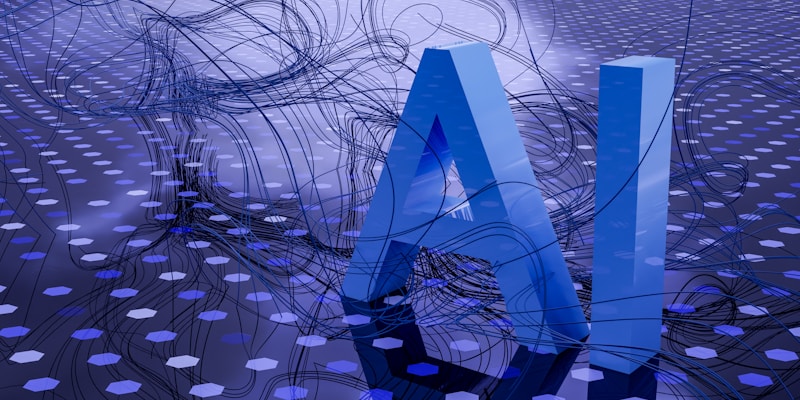The Manufacturing Challenge
Manufacturing companies face unique workforce management challenges that traditional attendance systems simply cannot address effectively. Our client, a growing manufacturing company with 500+ employees across multiple shifts, was struggling with attendance accuracy and administrative overhead.
Critical Issues:
- **Buddy Punching**: Employees clocking in for absent colleagues
- **Manual Time Tracking**: Paper-based systems prone to errors
- **Shift Management**: Difficulty tracking overtime and shift changes
- **Compliance Requirements**: Strict labor law compliance needs
- **Administrative Overhead**: HR team spending 40% of time on attendance management
Our AI Solution
We developed a comprehensive AI-powered attendance system using computer vision and facial recognition technology that addresses all these challenges.
Core Technology Components:
1. Facial Recognition Engine
- **Deep Learning Models**: Custom-trained models for high accuracy
- **Anti-Spoofing**: Protection against photo and video attacks
- **Multi-Factor Authentication**: Face + employee ID verification
2. Computer Vision System
- **Real-time Processing**: Instant face detection and recognition
- **Multiple Camera Support**: Scalable across multiple entry points
- **Low-light Optimization**: Works in various lighting conditions
3. Integration Platform
- **HR System Integration**: Seamless connection with existing HR software
- **Payroll Integration**: Automatic time calculation for payroll
- **Reporting Dashboard**: Real-time analytics and insights
Technical Architecture
System Components:
Hardware Setup:
- **High-resolution Cameras**: 4K cameras with infrared capability
- **Edge Computing**: On-premise processing for data privacy
- **Network Infrastructure**: Secure, high-speed connectivity
Software Stack:
- **AI Framework**: TensorFlow and OpenCV for computer vision
- **Backend**: Python with FastAPI for high-performance API
- **Database**: PostgreSQL for secure data storage
- **Frontend**: React dashboard for management interface
Security Measures:
- **Data Encryption**: All biometric data encrypted at rest and in transit
- **Privacy Compliance**: GDPR and local privacy law compliance
- **Access Control**: Role-based permissions for system access
Implementation Process
Phase 1: Pilot Program (Month 1-2)
- Deployed system for 50 employees in one department
- Collected feedback and optimized accuracy
- Trained HR team on system operation
Phase 2: Gradual Rollout (Month 3-4)
- Expanded to 200 employees across multiple departments
- Fine-tuned recognition algorithms
- Integrated with existing HR systems
Phase 3: Full Deployment (Month 5-6)
- Complete rollout to all 500+ employees
- Advanced reporting and analytics implementation
- Mobile app development for managers
Results Achieved
Accuracy Improvements:
- **99.8% Recognition Accuracy**: Near-perfect attendance tracking
- **Zero Buddy Punching**: Complete elimination of fraudulent clock-ins
- **100% Compliance**: Full adherence to labor regulations
Operational Benefits:
- **70% Reduction in Administrative Time**: HR team freed for strategic work
- **95% Faster Payroll Processing**: Automated time calculation
- **Real-time Monitoring**: Instant visibility into attendance patterns
- **Cost Savings**: $50,000 annual savings in administrative costs
Employee Experience:
- **Faster Check-in**: 2-second average recognition time
- **No Physical Contact**: Hygienic, touchless system
- **Mobile Access**: Employees can view their attendance history
- **Fair Treatment**: Consistent application of attendance policies
Technical Challenges Overcome
Challenge 1: Accuracy in Manufacturing Environment
Problem: Manufacturing environments have varying lighting, dust, and safety equipment that can affect recognition accuracy.
Solution:
- Implemented adaptive lighting algorithms
- Trained models on diverse environmental conditions
- Added safety equipment recognition capabilities
Challenge 2: Privacy Concerns
Problem: Employees concerned about biometric data storage and usage.
Solution:
- Implemented privacy-by-design architecture
- Used encrypted biometric templates instead of raw images
- Provided clear privacy policies and employee consent
Challenge 3: Integration Complexity
Problem: Existing HR systems had different data formats and APIs.
Solution:
- Developed flexible integration layer
- Created standardized data exchange protocols
- Provided custom connectors for each system
Future Enhancements
Planned Features:
- **Predictive Analytics**: Forecast attendance patterns and staffing needs
- **Mobile App**: Employee self-service portal for attendance management
- **IoT Integration**: Connect with access control and security systems
- **Advanced Reporting**: AI-powered insights for workforce optimization
Industry Impact
This implementation has become a reference case for manufacturing companies looking to modernize their workforce management. The success has led to:
- **Industry Recognition**: Featured in manufacturing technology publications
- **Client Referrals**: Multiple companies requesting similar implementations
- **Technology Evolution**: Continuous improvement of our AI algorithms
Conclusion
The AI-powered attendance system represents a significant leap forward in workforce management technology. By combining cutting-edge AI with practical business needs, we've created a solution that not only solves immediate problems but also provides a foundation for future workforce optimization.
The 99.8% accuracy rate and 70% reduction in administrative overhead demonstrate the transformative power of AI when applied thoughtfully to real business challenges.
---
About the Author: Swalih is our Lead Developer and AI Specialist at DevOpte, with expertise in computer vision, machine learning, and facial recognition technologies. Swalih leads our AI automation projects and develops cutting-edge solutions that transform business operations.






